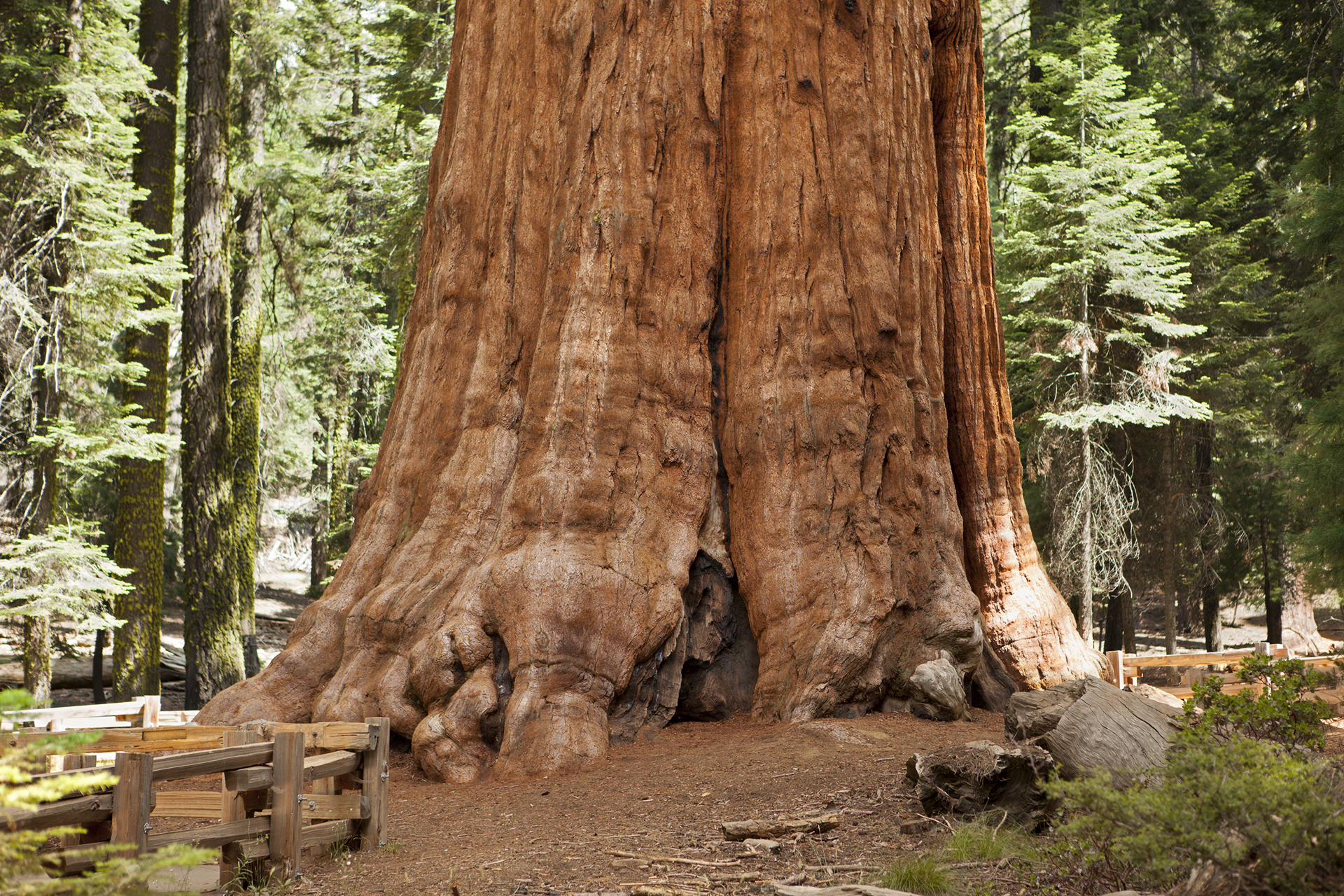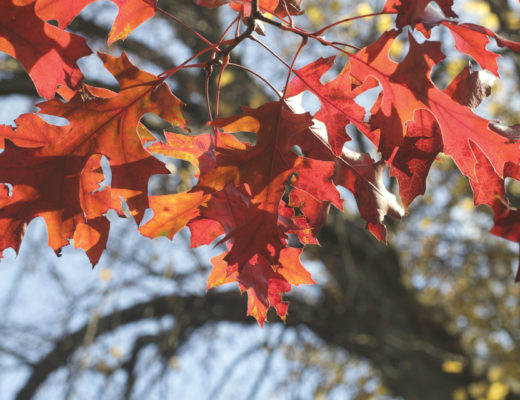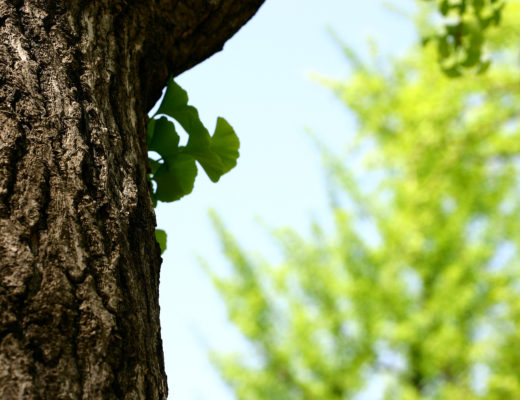“From little acorns, mighty oaks grow.”
Sequoiadendron giganteum
This phrase couldn’t be more relevant to giant sequoias. The seeds of these trees are so tiny that up to seven could fit on one penny. Yet they grow up to 200 feet high.
If you ever need to be reminded of the spectacles of the forest, visit a giant sequoia. As with many natural wonders of the world, there is something remarkable and humbling about the manifestations sprouted from nature. Giant sequoias prove that.
No trees can rival the towering heights of these beauties. Not only are sequoias the world’s largest trees, but they are also the largest living organism by volume. Rutherford Platt, a dendrologist, said that the lowest branch of some of these giants is 150 above the ground, six feet in diameter and 150 feet long. Can you believe one branch alone is longer than most trees?

Giant Sequoia tree close-up, at Sequoia National Park. This tree is known as the General Sherman tree. It is the largest known tree by volume and is believed to be between 2,300 and 2,700 years old.
Some of the largest sequoias weigh more than two million pounds, span 40 feet at the base and are more than 270 feet tall. Amazing! A trip to the Sierra Nevada Mountains will rest any doubt you have about these titans. But visit soon, the U.S. Forest Service reported that in 2016 alone, California’s forests have lost 62 million trees to drought, including many in Sequoia National Forest.
Aside from their physical beauty, giant sequoias are biologically unique. Their bark is fire resistant, and their cones open immediately following a fire. However, younger seedlings are susceptible to fire because their bark hasn’t had enough time to develop a thick, protective layer.
The giant sequoia is the only tree that belongs to the Sequoiadendron genus, which is part of the Redwood family. But unlike Redwood trees, Sequoia wood is brittle and doesn’t make good lumber. Sequoias and redwood trees share a physical resemblance to one another, however sequoia needles are rounder and the tree reproduces mostly from seeds, while redwoods have flat needles and can reproduce as stump sprouts.
Despite their size, giant sequoia trees can still be planted in home landscapes, just make sure they have plenty of space to grow (hardiness zones 6-8). Their red bark and towering height is sure to catch attention. They are medium growing, growing up to two feet a year and reaching up to 200 feet at maturity. They love the sun, requiring at least six hours of direct sunlight every day. They have shallow, fibrous roots, so if you’re planting as a windbreak, space them at least 20 feet apart.
Fun Fact: “sequoia” is the shortest English word containing all five vowels.




